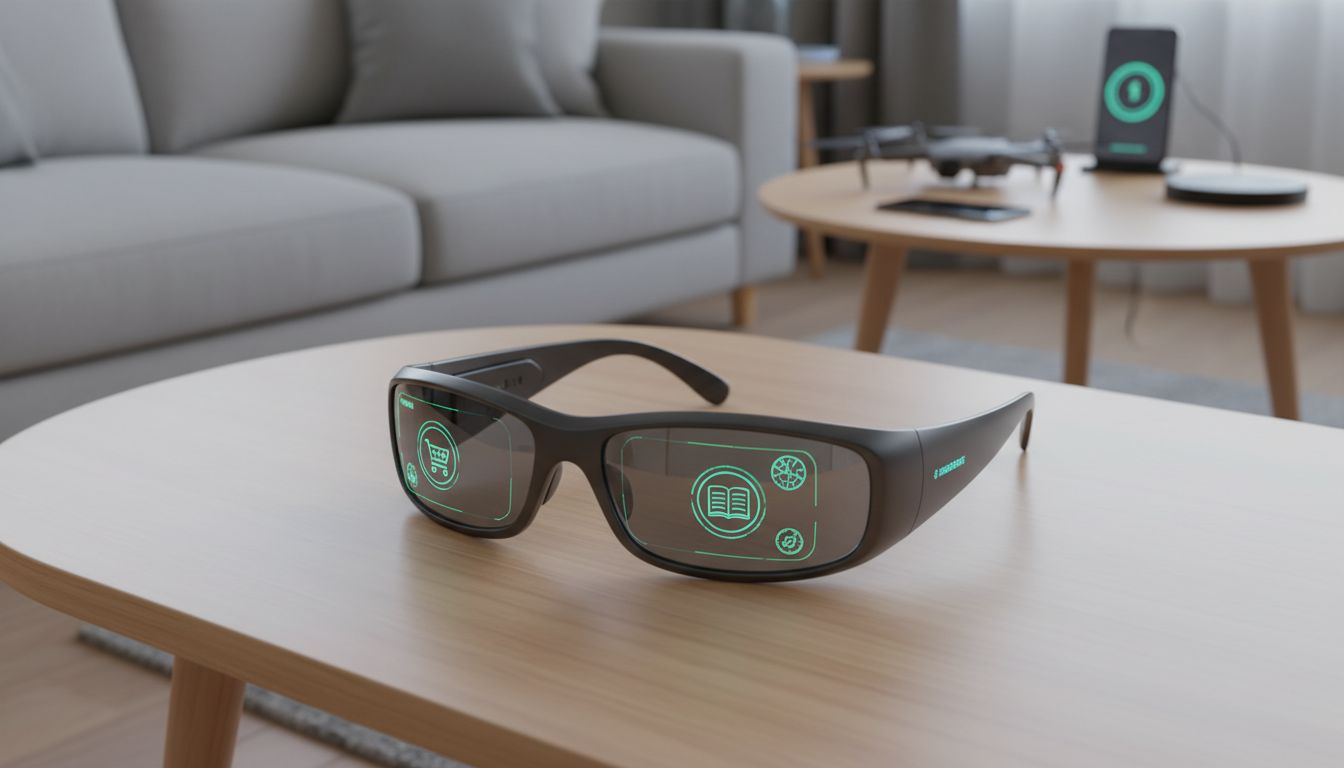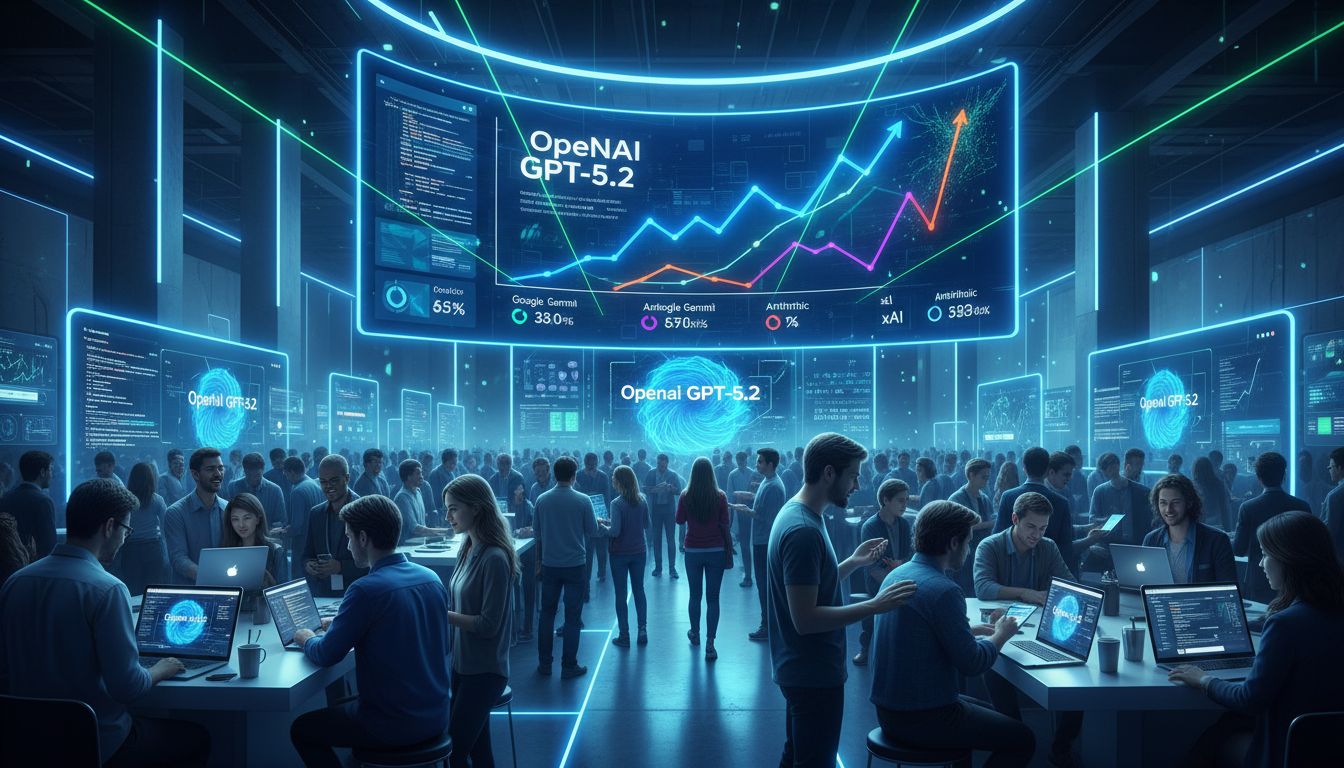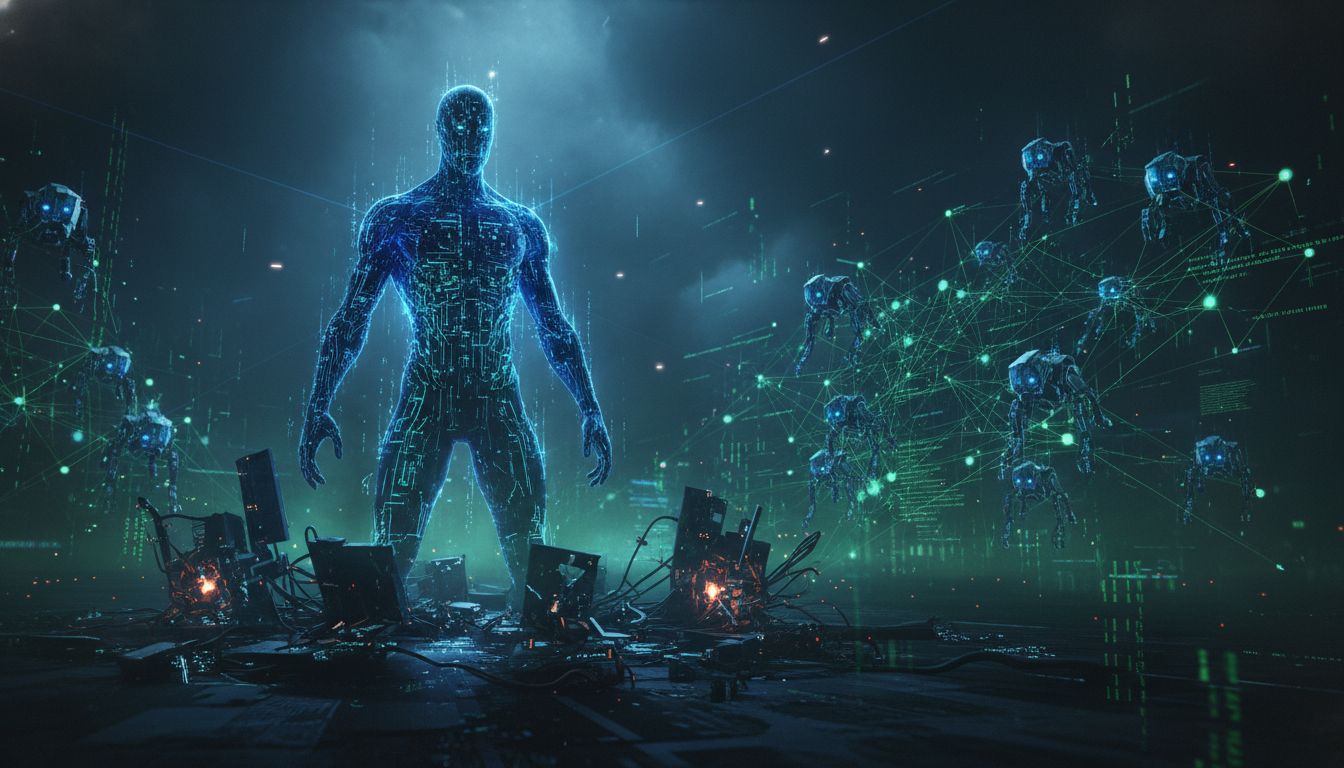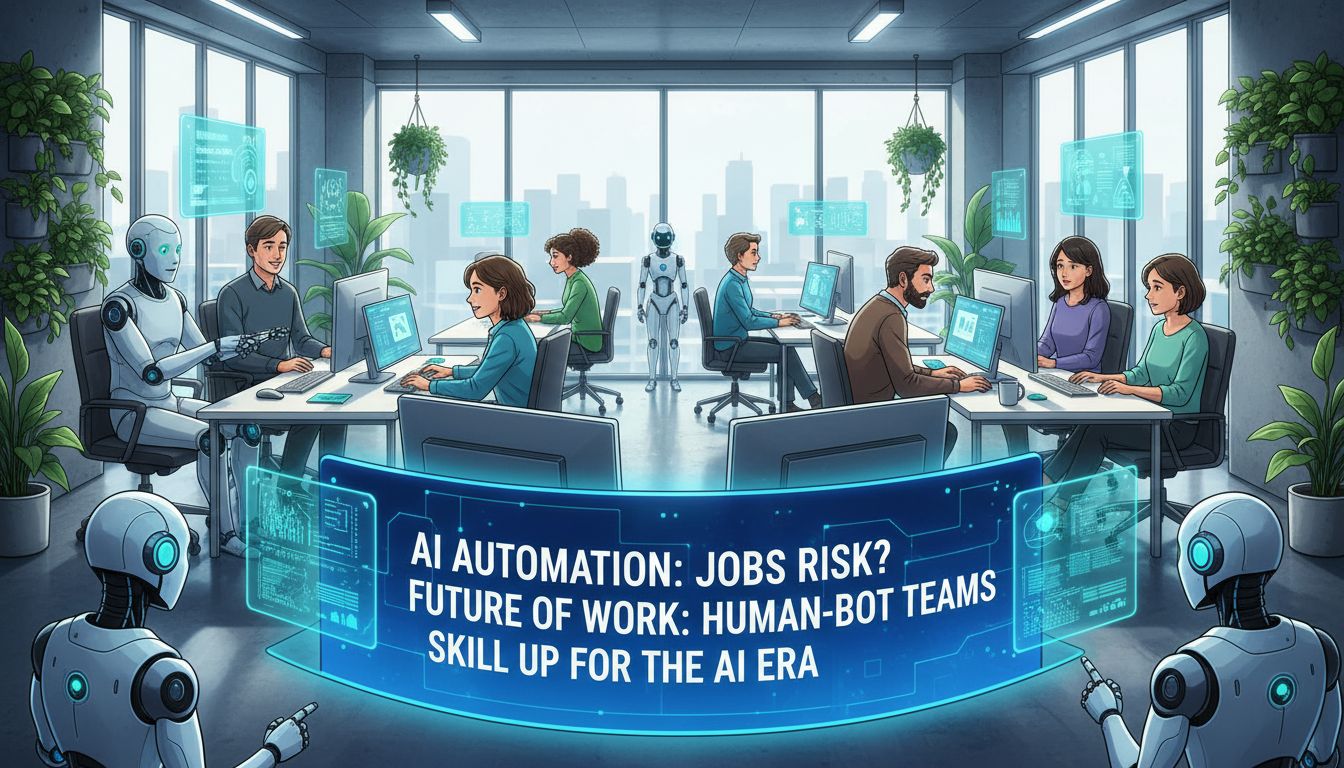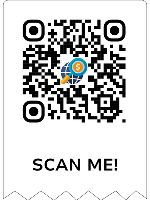Meet the future of video creation: the **OpenAI Sora text-to-video AI model**. This groundbreaking tech is turning heads by transforming simple text prompts into dynamic, minute-long videos. It’s not just about making videos; it’s about bringing your imagination to life.
You’ll dive deep into how this AI interprets instructions to craft everything from imaginative scenes on a Tokyo street to gorgeously rendered papercraft worlds. But we’re not stopping at the ‘how’. Delving into the essence of Sora, we’ll uncover its knack for bringing to life intricate personas and movements with astonishing precision.
Yet, with great power comes great responsibility. We tackle the ethical side of AI-generated content head-on, discussing OpenAI’s efforts in ensuring these tools are used safely and responsibly in our digital world.
This isn’t just another tech update; it’s a peek into a future where creativity meets technology in ways you’ve never imagined before.
Table of Contents:
- Unveiling Sora: OpenAI’s Leap into Text-to-Video AI
- The Science and Art of Generating Multiple Characters and Motions
- The Ethical Landscape of AI-Generated Videos
- Ensuring the Authenticity of AI-Created Content
- Navigating Challenges in AI Video Generation
- Collaborative Efforts for a Safer AI Future
- FAQs in Relation to Openai Sora Text-To-Video Ai Model
- Conclusion
Unveiling Sora: OpenAI’s Leap into Text-to-Video AI
The latest marvel from OpenAI, the text-to-video model named Sora, is changing the game by turning simple text prompts into dynamic videos. Imagine typing a sentence and watching it come to life on your screen. That’s what we’re talking about here.
The Magic Behind Sora’s Video Generation
At its core, Sora interprets text instructions with surprising creativity and precision. You could describe a bustling Tokyo street or a coral reef teeming with colorful fish, and Sora dives in headfirst to create these scenes in motion. This isn’t just about stitching together stock footage but generating minute-long videos that were mere words on paper moments before.
Through a complex ballet of algorithms that grasp the essence of context, conjure up scenes in their mind’s eye, and transform them into dynamic visuals, we witness the remarkable journey AI has embarked on to decode and manifest human speech.
From Imagination to Reality: Demonstrations by Sam Altman
To show off this tech wonderland, none other than OpenAI CEO Sam Altman stepped up with demonstrations that range from gorgeously rendered papercraft worlds to imaginative scenes bursting with vibrant emotions. In his demonstrations, Altman not only demonstrated the capability to craft lifelike videos from simple text descriptions but also illustrated how these advancements could revolutionize sectors like education, entertainment, and design.
Beyond the flashy demos lies an exciting prospect for creators everywhere; especially visual artists who now have another tool at their disposal for bringing their wildest imaginations directly onto digital canvases without missing frames or losing essence due to technological limitations.
Navigating Challenges in AI Video Generation
No breakthrough comes without its hurdles though. Generating realistic physics or managing spatial details when crafting complex scenes can be tricky territory for Sora—as sometimes what makes sense linguistically doesn’t translate perfectly visually leading us down some amusing rabbit holes where gravity might work differently.
Yet as we push forward experimenting and learning from each quirkiness ensures better versions are always around the corner promising even more seamless integration between our thoughts and digital expression making every update akin to discovering new lands within our creative realms all thanks again to texts turned movies via something as cool as Sora.
OpenAI’s Sora turns text into dynamic videos, letting your words craft vivid scenes with precision. It’s not just about making videos; it’s about bringing imaginations to life without limits. With each update, expect smoother creations and more seamless integration of ideas into digital reality.
The Science and Art of Generating Multiple Characters and Motions
Imagine trying to orchestrate a flash mob where every dancer has their own unique moves, but you can only give instructions through text. That’s somewhat the challenge faced by Sora, OpenAI’s pioneering text-to-video AI model when it comes to generating scenes bustling with multiple characters and intricate motions.
The Magic Behind Sora’s Video Generation
At its core, generative AI like Sora interprets textual cues to craft videos that were once just figments of our imagination. When tasked with creating complex scenes filled with multiple characters each exhibiting different types of motion, accuracy becomes both its triumph and trial. While Sora excels in bringing diverse narratives to life—from a coral reef teeming with colorful fish to a Tokyo street scene pulsating with vibrant emotions—it occasionally stumbles over capturing the nitty-gritty physics or spatial details.
It’s not that there hasn’t been a solid attempt; it’s more about the perpetual tango of what tech can do versus what we dream it could achieve. Scenes featuring gorgeously rendered papercraft worlds or stylish women navigating futuristic landscapes show how far we’ve come. Yet sometimes missing frames or slightly off-kilter interactions remind us there are still leaps left in this journey.
Navigating Challenges in AI Video Generation
One might wonder why crafting these hyper-realistic visual stories is so darn tricky? Well, imagine teaching someone about gravity without ever letting them drop an apple. Creating photorealistic videos requires not just understanding what something looks like but how it behaves—how fabric moves as a person walks or how light reflects off water at sunset.
Sometimes, achieving this level of detail means accepting illogical or unnatural outputs as part of the learning curve for AI models like Sora Soras Imaginary Worlds. The real magic happens behind the scenes (or screens), where developers continuously tweak algorithms based on feedback from visual artists who push these tools beyond conventional boundaries.
In the pursuit of crafting ever-more lifelike virtual realms, generative AI models weave together the essence of creativity and precision, illuminating paths for novel advancements by aspiring to seamlessly replicate nature’s principles in a digital landscape.
Think of Sora as a director turning text into video, where every character has their own script. While it nails bringing diverse stories to life, like underwater scenes or bustling cityscapes, it’s still learning the finer points—like physics and interactions. It’s a blend of art and science, pushing towards ultra-realistic digital worlds.
The Ethical Landscape of AI-Generated Videos
Imagine the power to create any video from just a line of text. That’s what OpenAI’s Sora, a new text-to-video AI model, promises. But with great power comes great responsibility.
We’re entering an era where ai-generated videos can be as convincing as real footage. The implications? Both thrilling and terrifying. Let’s talk about why we need to tread carefully on this digital tightrope.
Ethical Implications: A Double-Edged Sword
First off, these technologies are like a coral reef; beautiful and full of potential but delicate and easily damaged by carelessness. On one hand, visual artists can now conjure up imaginative scenes or gorgeously rendered papercraft worlds without leaving their desks.
But here’s the rub: not all use cases are so benign. Imagine creating photorealistic videos spreading disinformation or impersonating public figures convincingly enough to sway elections or tank stock prices—yeah, scary stuff.
This is why ethical considerations in AI-generated content aren’t just important—they’re crucial for maintaining trust in what we see online.
Safety Implications: Navigating Uncharted Waters
The safety implications of widespread ai-generated videos are particularly concerning when it comes to disinformation and impersonation fraud. Think deepfakes but dialed up to eleven—a world where seeing might no longer be believing. The Federal Trade Commission has even proposed rules making it illegal to create deceptive AI impressions of real people without clear consent due largely to these risks.
In response, companies like OpenAI have started embedding metadata into their creations and developing detection tools aimed at distinguishing between human-made versus machine-made content (OpenAI Blog). As we broaden our inventive scopes, these measures act as a safeguard against tumbling into disorder by veering off the moral precipice.
Navigating Challenges Together for Safer Outcomes
Beyond individual efforts from tech giants lies another layer of defense against misuse: collaboration across sectors—including academia, policy makers, and industry leaders—to identify vulnerabilities early on before they spiral out of control.
OpenAI’s Sora brings the magic of turning text into video, but it also rings alarm bells for ethics and safety in digital content. It’s a call to action for careful creation and consumption in this AI-powered era.
Ensuring the Authenticity of AI-Created Content
In an era where creating stunning, hyper-realistic videos can be as easy as typing a text prompt, OpenAI’s Sora stands out. But with great power comes great responsibility. That’s why embedding metadata and building tools to detect misleading content are critical moves by OpenAI.
Imagine being able to spot a Sora-generated video from miles away because it carries its own digital signature. That’s what embedding metadata is all about. Implementing this method isn’t merely intriguing; it’s fundamental to maintaining integrity within the virtual realm. We’re talking about marking each piece of content with a unique identifier that says, “Hey, I was born in the brilliant but potentially mischievous mind of an AI model.” OpenAI has plans underway to make this sci-fi-sounding feature a reality.
Detecting Misleading Content: Building Tools for Transparency
Fake news and doctored videos have been around since before your grandparents were hipsters. But detecting them? That’s been tougher than finding an avocado at a meat lovers’ convention—until now. OpenAI is on the frontline, crafting sophisticated detection classifiers designed specifically to sniff out Sora-crafted fabrications.
This initiative isn’t merely intelligent; it’s vital for preserving the integrity of our digital experiences. Think about it: If you knew there was always someone double-checking your work before submission or having back-up when calling tech support felt reassuring? It feels similar here knowing experts are ensuring what we see wasn’t conjured up by lines of code looking to fool us.
The Power Behind Metadata Embedding
You might wonder how big of a deal adding some invisible tags can be—it’s huge. By planting these digital breadcrumbs within every video generated by Sora, creators not only claim their artistry but also safeguard against misuse or misattribution—a common hazard in our share-happy social media age.
Surely enough making these steps towards transparency won’t solve every issue overnight but they lay down foundational blocks for more secure interactions between humans and machine-created marvels moving forward.
These efforts don’t scream “look at me.” like neon lights on Broadway—they whisper “trust” into the ears of anyone who listens closely enough. This strategy underscores a further stride towards the deployment of progressively secure artificial intelligence systems, affirming anew that safety remains perpetually in vogue.
OpenAI’s Sora model is changing the game by making videos easy to spot with digital signatures and crafting tools to detect fakes. This not only boosts creativity but also ensures our trust in what we watch stays intact.
Navigating Challenges in AI Video Generation
Creating videos that mimic real-life footage with hyper-realistic visual details is no small feat. Yet, Sora, OpenAI’s latest venture into text-to-video AI, promises just that. It turns out there’s a catch when it comes to generating complex scenes filled with realistic physics and spatial details.
The Science of Realism in AI-Generated Videos
Sora’s progress in crafting images that seamlessly merge the digital with the real challenges our perception of what is possible. Sora’s success in producing visuals that challenge our perception of reality highlights the significant advancements in AI technology. But as we dive deeper into its capabilities, we hit a snag – particularly when dealing with intricate scenarios where understanding physical interactions becomes crucial.
The challenge lies not just in crafting an image but ensuring every element interacts believably within its environment. Imagine trying to replicate the chaos of a bustling Tokyo street or the serene movement of colorful fish around a coral reef; these are situations where spatial awareness and physics play pivotal roles.
Hyper-Realistic Visual Details vs Complex Scenes
Despite boasting hyper-realistic visual effects capable of fooling our senses into believing what’s on screen is tangible, Sora struggles when tasked with replicating complex dynamics found in natural settings or crowded places. The problem isn’t just about rendering gorgeous images; it’s also making sure those images make sense together—like ensuring people don’t walk through tables or rain falls downwards instead of up.
This gap highlights one significant hurdle: translating textual prompts into minute-long videos that not only look real but behave realistically too can be quite tricky.
Tackling Spatial Details Head-On
To address these challenges head-on, OpenAI continues to refine their model by feeding it more examples and adjusting algorithms accordingly (OpenAI Blog). Efforts include fine-tuning how Sora interprets text input prompts related to movements and environmental interactions – pushing towards better accuracy for each frame generated from imaginative scenes long based solely on user descriptions.
Making sure characters move fluidly without missing frames or having objects behave against the laws of physics requires continuous improvements and tweaks—a testament to OpenAI’s commitment toward releasing increasingly safe ai systems adept at handling even the most demanding tasks set before them.
Creating lifelike AI videos is tough, but OpenAI’s Sora aims high. It nails the visuals but hits snags with complex scenes and realistic physics. Constant tweaks and more examples help it get better at making believable video content from just text.
Collaborative Efforts for a Safer AI Future
Imagine the coral reef of technology, vibrant and teeming with life. In this ecosystem, OpenAI’s Sora stands out as a dazzling fish, capable of creating photorealistic videos from mere text input prompts. But with great power comes great responsibility. That’s why OpenAI is joining forces with experts to ensure that Sora doesn’t turn into an invasive species that spreads misinformation or hateful content.
To make sure we’re all swimming safely in these digital waters, OpenAI has embarked on a mission to test Sora for potential harm caused by misinformation, hateful content, and bias. They believe learning from diverse perspectives is key to making AI systems like Sora beneficial rather than harmful.
The Magic Behind Collaborative Testing
In their quest for increasingly safe AI systems,
- Social media giants are being consulted to understand how people might misuse video generation technologies.
- “Red teamers” are employed – think of them as the immune system of AI development – adversarially testing new models like Sora for weaknesses against misleading content or biases.
- Creative visual artists work alongside engineers using imaginative scenes (think gorgeously rendered papercraft cities or deep-sea explorations) ensuring that what’s created sparks joy rather than fear.
Our holistic strategy transcends mere avoidance of hazards; it actively seeks to unearth and harness latent opportunities. For instance,
- Detection classifiers are developed to sniff out when something fishy is going on – whether it be sexual content disguised within seemingly innocent frames or extreme violence lurking behind colorful animations.
- Educational materials and blog posts help everyone from policymakers to parents understand not only the risks but also how they can harness such tools responsibly.
- Engaging policymakers ensures legal frameworks evolve alongside technological advancements so creative freedoms aren’t stifled by fears over safety concerns.
Making Safety Steps A Gold Rush
We’ve seen before how tech innovations can spark gold rushes: waves where developers rush in hoping to strike it rich. With OpenAI releasing increasingly safe AI systems including steps taken during development stages —like embedding metadata— we’re seeing a new kind of gold rush: one towards building safer communities around these groundbreaking technologies.
All hands-on deck approaches mean gathering feedback directly from those who will use or be affected by these videos long-term —creating an environment where constructive criticism helps steer developments toward more universally accepted norms around authenticity and ethics in digital creation.
OpenAI’s Sora is leading the charge in safe AI by teaming up with experts to test and improve its tech. They’re consulting social media giants, employing “red teamers,” and working with creative minds to ensure videos spark joy, not harm. It’s all about building a safer digital future together.
FAQs in Relation to Openai Sora Text-To-Video Ai Model
What is the AI tool to convert text to video?
OpenAI’s Sora transforms your words into videos. Just type, and it crafts visual stories.
Can I use Sora AI?
Sure, if OpenAI has rolled it out for public access. Check their latest updates.
Is OpenAI Sora available?
It depends on OpenAI’s release schedule. Keep an eye on official announcements for access info.
Can OpenAI generate videos?
Absolutely. With its new model, Sora, OpenAI now turns text prompts into engaging videos.
Conclusion
Stepping into the future is now possible with the OpenAI Sora text-to-video AI model. This advancement enables the transformation of mere text into dynamic, lifelike imagery, making our most imaginative concepts a reality.
Navigating through the creation of intricate personas and addressing moral dilemmas, we’ve unraveled the essence of this groundbreaking technology. And it’s clear: creativity has a new partner in video creation.
But remember, with power comes responsibility. Making sure we use this responsibly shapes not just content but our digital world too.
The journey doesn’t end here; it starts. The OpenAI Sora text-to-video AI model is just the beginning of blending imagination with technology.
So let’s embrace this tool wisely and watch as our stories unfold in ways never before imagined. Because when you have the right tools, there’s no limit to where your creativity can take you.

